
YANCHENG City in Jiangsu Province, 300 kilometers north of Shanghai, would never be on the radar of Davaoeños intending to travel to China. In fact, it doesn’t even land on most top-list destinations unlike the Great Wall, Forbidden City, Suzhou’s gardens and water towns, Chendu’s giant pandas, or Xian’s Terra-cota Warriors.
However, Davao City can draw lessons from Yancheng’s biodiversity position and how it built a thriving city on the periphery of its wetlands, which carve about half its total land area of 15,000 square kilometers. More than protecting endangered species like the milu elk, spoon-billed sandpiper, and the migratory red-crowned cranes, the city successfully anchored its tourism industry on its wetlands.
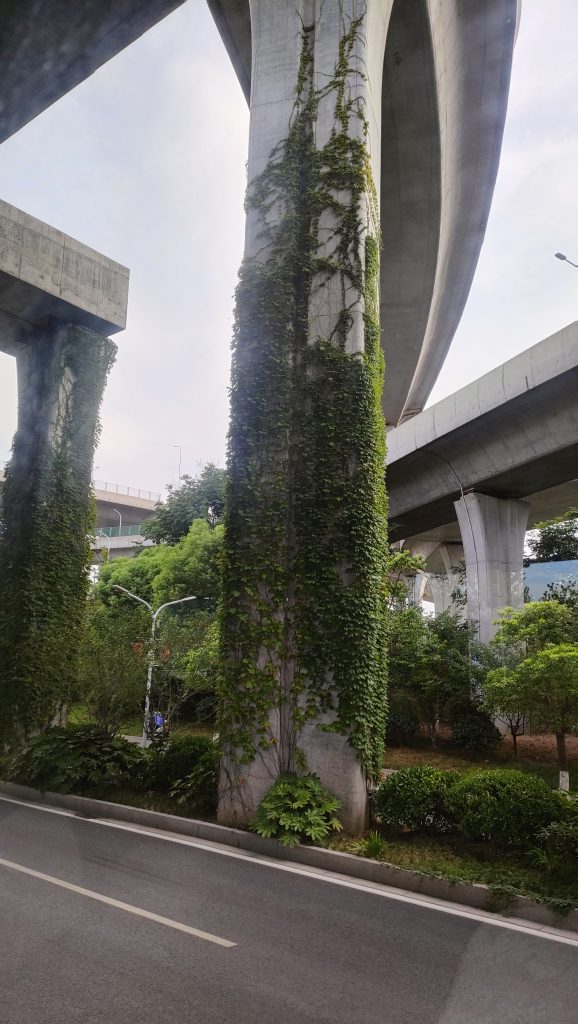
Yanheng is one of the older settlements in China, dating back over 2,100 years ago during the Western Han Industry. It used to be close to the ocean, which is why its economy relied on salt production for a long time. However, the culture of salt production started in the area about 5,000 years ago.
Today, Yancheng sits about 40 kilometers from the coast, separated by a natural buffer declared as a nature reserve.
While most Filipinos must have heard of the name for the first time, Yancheng attracts millions of tourists annually, drawn to its unique natural characteristics and the central role it played during the Chinese Civil War between the Republic of China (Kuomintang) and the Chinese Communist Party beginning 1927 and ending in 1950.
For instance, Yancheng is the only city that doesn’t have a single mountain as it’s mostly flatlands (most of the city sits about five meters above sea level. It also has the largest coastal tidal flat and longest coastline—the city’s nearly 600-kilometer coast is the longest in Jiangsu, making up 56% of the province’s total coastline.
According to China Daily, more than 48 million tourists visited Yancheng in 2023 generating tourism receipts of 53.7 billion yuan ((PHP425.7 billion).
During the eight-day Spring Festival in February 2024, the city welcomed more than seven million visitors. Those numbers are even higher than the entire foreign arrivals for the Philippines, which registered five million visitors in the same period.
The migratory birds and the wetlands
In 2019, UNESCO declared Yancheng’s Yellow Sea Wetland as a World Heritage Site. Today, it has become the benchmark on how a city can balance wetlands protection and urban development.
Yancheng was declared an International Wetland City in June 2022, joining 24 other cities globally to get that recognition only given to cities that achieved the highest conservation efforts of their wetlands.
One of the city’s advantages is its prime location, sitting strategically within the East Asian-Australasian Flyway (EAAF). As a result, its wetlands serve as a rest stop for the migratory birds making the 7,000-kilometer trip between the wintering grounds and the breeding grounds.
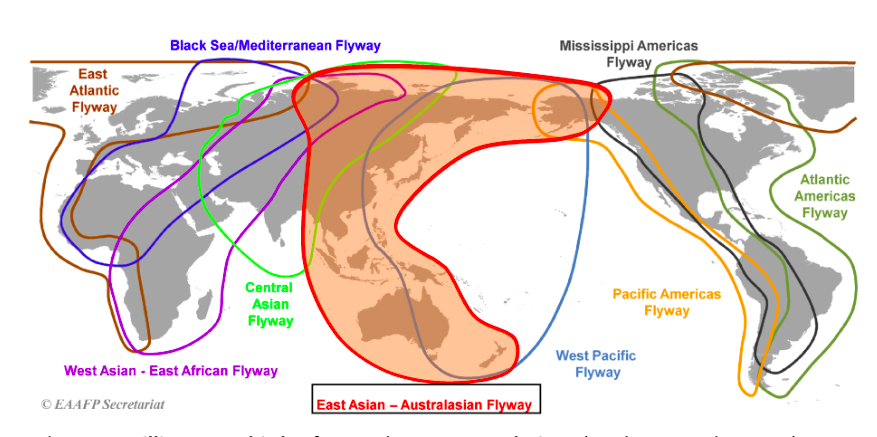
The EAAF is considered one of the richest flyways in the world with more than 600 bird species (over 50 million migratory birds, according to the Asian Development Bank) fluttering over 37 nations from Russia to Alaska and Australia and New Zealand. In between, the waterbirds also fly through or rest in China, Korea, Japan, and most of Southeast Asia, including the Philippines.
One of the cutest temporary inhabitants of the wetlands is the critically endangered spoon-billed sandpiper, a small foraging bird no less than 5-6 inches and weighs about 30 grams (about two empty soda cans).
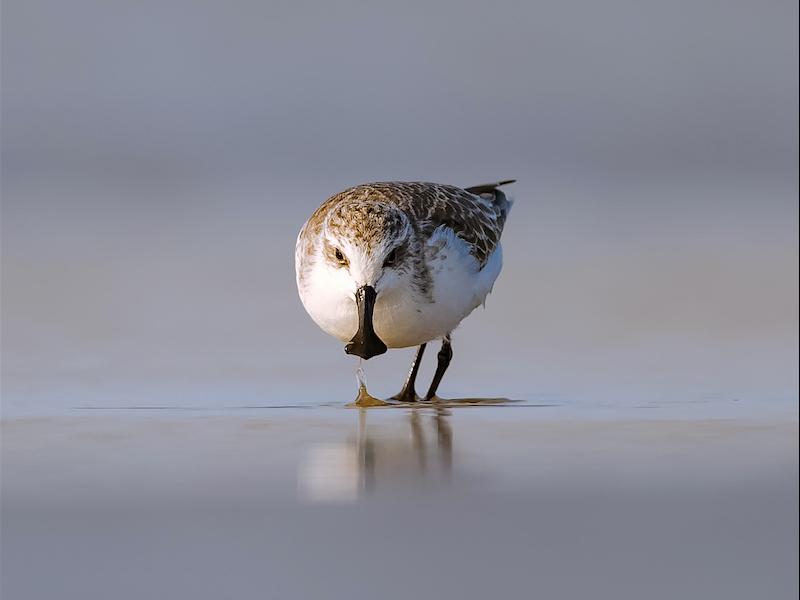
Yancheng even recognized the marketing potential of the sandpiper by manufacturing stuffed toys and other merchandise based on the character it created called “Salt Spoon”–an icon representing the city’s ecological conservation.

For its part, the local government invested heavily in developing package tours orbiting around ecological tourism. Its study tours have become popular among students and local visitors.
The character immediately captured the hearts of Yanchengnese and visitors alike, birthing 40 other product variations sold across China.
Meanwhile, the Milu (local term for elk) Park Reserve has over 4,000 heads, considered the largest reservation in the world since the number accounts for over 60% of the total worldwide population.
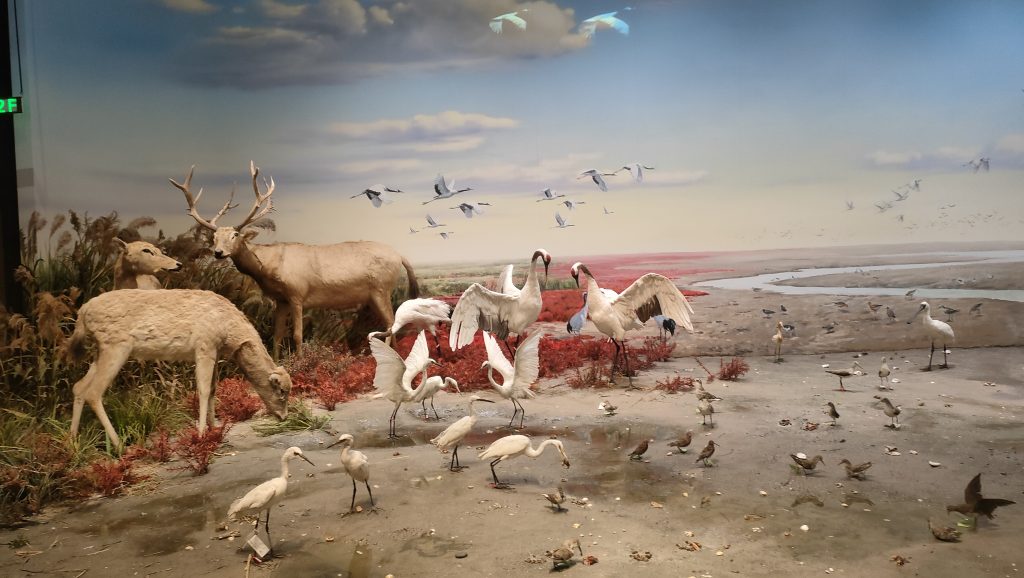
On Aug. 18, the Yancheng Municipal Foreign Affairs Office hosted a dinner with 14 Filipino journalists and content creators, through the sponsorship of the Chinese Public Diplomacy Association and the help of the Chinese Embassy.
The delegation was also treated to a tour of the Yellow Sea Wetland Museum, which features a distinctive design depicting a crane with wings unfolded. The Yangchense have a close affinity to the building since it used to be the site of the old railway station.

Inside, the interactive display and exhibit hold more than 1,000 preserved animals, critters, and migratory birds that populate the Yellow Se Wetland.
Of course, the tour won’t be complete without visitors getting a glimpse of the triumvirate icons of Yancheng protection efforts–the milu elk, the spoon-billed sandpiper, and the red-crowned cranes.
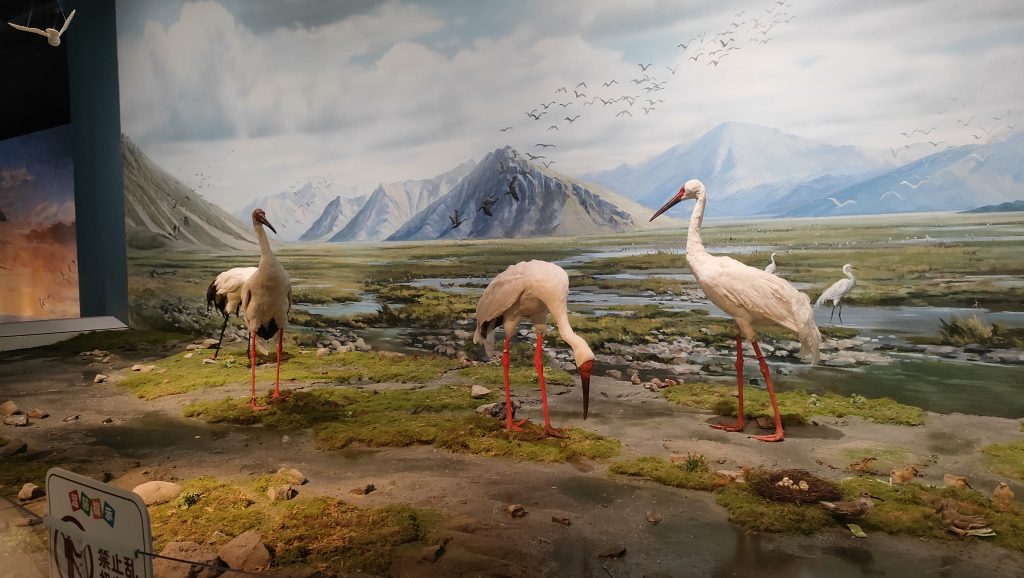
Visit Yancheng
Zhou Xiaoqing, Yancheng Municipal Foreign Affairs Office director, said the city immediately realized the need to protect its natural assets without sacrificing progress.
For instance, she shared that Yancheng’s GDP for 2023 exceeded US$100 billion, enough to rank 38th among the 337 major cities in China, which includes Beijing, Guangzhou, and Shanghai. It’s quite a feat considering that the city only has about seven million people, two million of whom are living in the two urban centers of Yandu and Tinghu.
She said foreign tourists, especially Filipinos, should also consider Yancheng and appreciate the efforts of its planners and residents to live side-by-side with nature.
Ms. Zhou also said the Yanchenese are known for their hospitality, which she hoped the Filipinos experienced during their brief stopover to the city.

“There are so many reasons for you to choose Yangchen, I really welcome our Filipino friends to give you and give us an opportunity to let you feel the charm of Yancheng,” she said.
So, why should Filipinos also include Yancheng in their Chinese itinerary?
Ms. Zhou responded: “I think there are even more than 10,000 reasons that I could give that to you. Of course, the first, you already tasted it right? By the food.”
“Every year millions of migratory birds fly here during winter,” she said. “Even birds love it, who’s gonna hate it? Everybody loves it.”
